My son is neither Chinese nor Japanese, and yet he’s constantly lifting his bowl to his lips…not to cool his noodles or soup, but mostly to drink up the milk in his cereal bowl. Forget that he’s only 2.5 years old, this could be the start of him morphing into a worldly guy – complex, influenced and tempered by the world around him.

And so begins my tale. It was only a few weeks ago that M, my friend was here from the UK. We had a lovely Thai-themed weekend and because she’s travelled Asia, she kept feeding me tidbits and weetjes (Dutch for ‘little bits of knowledge’). Some of it surprised me and I was keen to find out more; and then came the invitation from Rebecca of Chow and Chatter, asking me to do a post on culture and customs. Now, I’m no anthropologist or sociologist – all I know is from a collection of experiences: mine and others, so please hear me out.
Imagine someone born and brought up in Britain – home to the most ‘royal’ royals on earth aka country of the ‘prim and proper’. Children this side of the Atlantic are raised to be polite, eat silently and adhere to strict table etiquette. Burps and belches are considered uncouth and leaving your cutlery anywhere else but on your plate when you’re done is a definite no-no. Imagine a Britico (Nigerian name for a Brit) on holiday in Hong Kong, like my friend M. She’s happily sitting at a restaurant where local and foreign diners enjoy good food. However, when it comes to expressing thanks, the locals and foreigners do it differently.
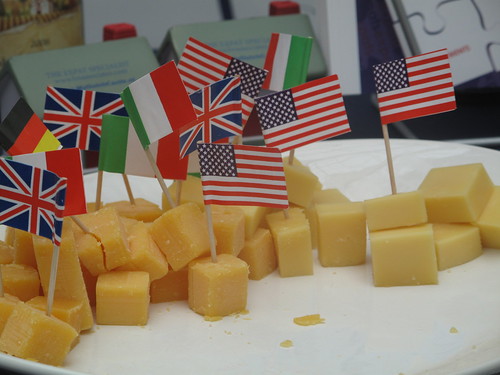
A guy behind her gives off a loud BURP, long and hard in demonstration of his pleasure with the food. M is shocked, as is her husband. They blush, cringe, want to run away in absolute shock. For them from the ‘West’, it is so not polite to do that! To be honest, they’re not the only ones who react with shock, most of the Western hemisphere would do the exact same. But understand the culture and consider this mode of ‘communication’ a different expression of thanks and compliments. Or do you find graciously saying ‘Thank you’ is a more appropriate means of doing that?
Saying this, you would think all of Asia acted in unison. What’s good in Hong Kong is good in Japan? No way. Were you to suddenly belch at the table in Japan, eyes would widen and shocked, astonished faces would confront you, diametrically opposed to the Hong Kongese. Belching, burping and general noisiness at the table are not welcome (except noodle slurping)…and should they occur, a prompt ‘Excuse me please’ should part-repair some of the damage!
I mean today I was thinking of how we, as Nigerians express our delight in a meal. If it is a meal eaten with cutlery, then usually, the result will be an empty plate. Wiped clean. Same in China and Japan. In China, if you leave a small amount of rice in your bowl, you will be given more so to show that you don’t want any more rice, finish every grain in your bowl. Also to leave some is regarded as being bad mannered. The assumption is that one displays a lack of respect for the host/cook! Now while there will be no ‘bad belle’ (bad thoughts) against you in Naija (affectionate term for Nigeria), your host would much prefer the wiped-clean plate – you were hungry, you were fed and you did it justice. Well done!
In most of Europe and the United States, leaving some food on your plate is the way to go when you’re done eating. Graceful. Lest your host(ess) feel that the provisions have not been sufficient to satisfy, hence a clean plate. So always leave a bit on your plate, no matter how little it may be to show that you were served an appropriate portion and have eaten as much as you can.
Eating with fingers? How acceptable is that? Again, the boundary lines fall in different places. In Naija, when a guest enjoys one of the traditional meals, not only will you find a clean plate but the guest may also ‘lick’ his fingers clean with such thoroughness that people may jokingly say ‘no need to wash the plate or your hands’ and that would come from a beaming host but not in China or Japan – this behaviour would be considered uncouth. However even in Europe, its done. Of course you’ve heard of the Dutch and ‘Haring’ – raw, salted fish which they eat in a very peculiar manner! A manner considered extremely strange for this side of the pond…and yet it’s done!

I am used to eating with my hands, but I’m also adept at using cutlery…and with chopsticks I could probably manage a whole meal…somewhat long and drawn out (if I don’t slurp or raise the bowl to my lips!). In most of Europe, eating with your hands is generally unacceptable except in the case of appetizers, fruit and more; In Japan, chopsticks would do for your sushi but other than the exceptions, the standard is not ‘finger-licking’! For me, the Nigerian foods that generally involve hand-eating are certainly in my opinion, more enjoyable to do so than by wielding knives and forks, a fact on which my husband and I disagree. Now if you’re very hungry, second helpings are not at all a big deal in Nigeria, as long as there’s food left in the dishes, you’re more than welcome to have some. Same in China. You’re expected to have at least two bowls of rice at the meal.
As for slurping noodles…that’s of course included in the ‘noisy doings’ I mentioned earlier. Put hot noodles and soup together with rules of engagement and what do you get – slurping sounds! A ‘taboo’ in the ‘West’ but in China (Thanks Alysha) and China but in Japan – an everyday occurrence (though not by all – apparently, the younger generation see it as uncouth.) As noodles and rice play important roles in daily nutrition and are commonly served with chopsticks in bowls with soup or broth, people lift their soup and rice bowls to their mouths to avoid food spills. The reason for the slurping is that people generally begin eating soup and noodles (almost) the minute it is served without waiting (for a prolonged time) for it to cool down. By sucking in air, the noodles cool down and ‘improves’ the flavor. (In order to cool the soup a bit and to better diffuse the flavor in the mouth, soup is eaten by sipping from a spoon while breathing in.) Permission is also granted to drink up the broth/soup left in the bowl aka Operation D, Operation slurp (first paragraph – story of my son!). Personally, I can relate to this slurping because I love hot food. Don’t ask me if I slurp… because I don’t think so :-), most of my hot meals aren’t soupy noodles.
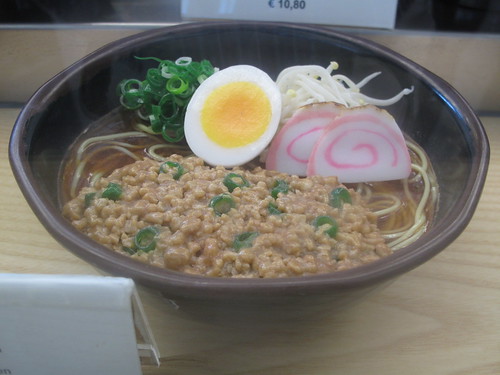
Where at the end of a ‘western meal’, cutlery is paired up and set aside to signal ‘the end’, in Japan and China, this is not done.
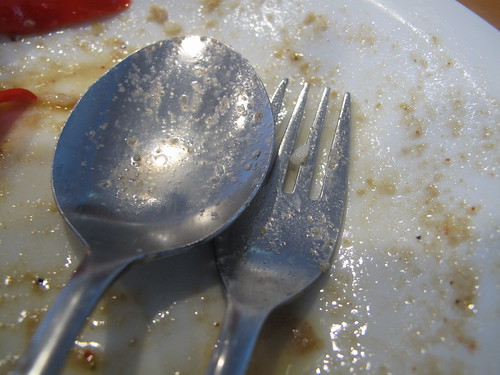
Chopsticks are placed on their own stands never over the bowls.

So, there are some many difference in cultures….and all these result in different foods from people with different histories. Of course there are many more differences and similarities than I have touched on here, considering the sheer diversity of people on the planet – be it from how people in Sweden and Switzerland share toasts (by looking each other straight in the eye while toasting) to using only your fingertips to eat North Indian breads. All in all, it is amazing to see how cultures and customs intersect to give us numerous permutations and combinations for every tribe, every race and every country of the world. Of course, there are many sweeping generalisations and while these are not rigorous, must-take steps, it is good to be aware of what goes on…and where. You never know where you’ll be headed to next!
What are your own peculiar customs? What experiences have you had with etiquette and food manners? Please let me know.
Reference: The Almighty Wiki

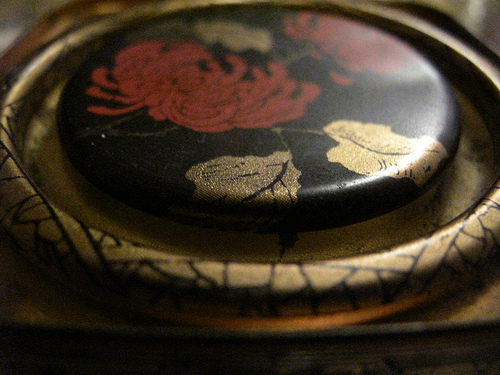
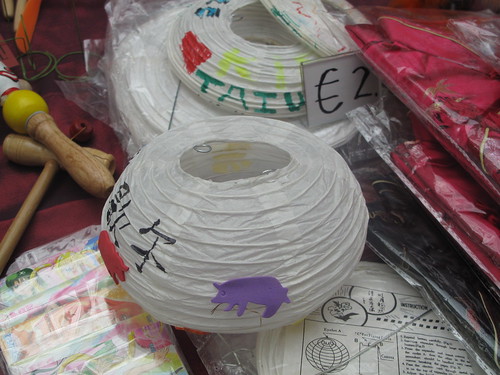
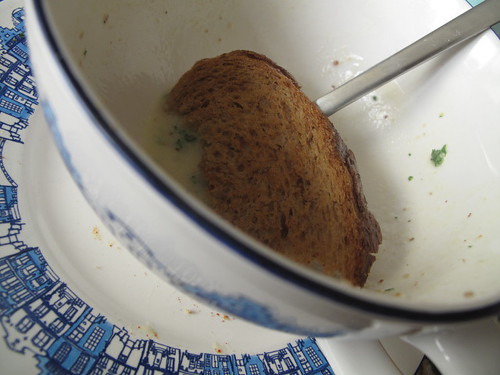


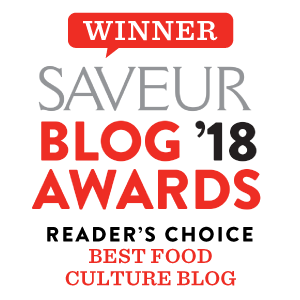
These look awesome! Did you come up with this recipe? Its really creative. I think you will dig this new show called Extreme Chef, they have really cool dishes like these http://www.facebook.com/pages/Extreme-Chef/195324160502642?ref=ts
[…] This was a voyage of discovery and so I bring the tale to you…in part. And if you already know all the things I just discovered, then smile and enjoy the photos and if you don’t then glad you could learn something.I just love people and food facts. […]
The author wrote about a number of interesting points in this posting. I came across this article by searching Yahoo and I’ve got to confess that I am now subscribed to the website, it is extremely decent (;
[…] a bit more about food culture and cuisine across South […]
[…] pita negating the use of a knife and fork, which I’m fine with. You know me, I have NO QUALMS with finger-eating, especially when it’s finger licking good…as this […]
[…] destined for a medieval feast….without cutlery. I laugh. We are a very diverse group and my curiosity is aroused. How will the Brits (most of all) fare without cutlery? As you are well aware, these are prim and […]
I would be just like your British friend if someone were to burp loudly or to leave their cutlery anywhere but on the plate–it seems rude and vulgar to me! I would blush and be embarrassed by those sort of actions.
Growing up in the Midwest I was taught to never speak with your mouth full, not to play with my food, no unnecessary noise like slurping or belching, etc. And I eat EVERYTHING with a fork and a knife! Chicken, pizza, even hamburgers! I was taught only certain things are finger foods, such as some fruits and foods like crackers.
It’s so interesting to hear how things are done in other parts of the world. Thanks for the post.
Thanks for letting me know about this post Ozoz, I really enjoyed it! Reading about the traditions different cultures have with food is just so interesting!
Moulmein – thanks for sharing that bit of Burmese culture with us
Jacqueline – I agree, it is interesting to see how other people interpret and translate things!
Helen – Thanks. See, I didn’t know the rules varied for sushi and sashimi. Have fun in Japan. I’ve not been to Asia yet…or the States. There’s hope.
Thanks for your email, interesting post! You know it’s traditional to eat sushi with your hands so as to dip only the topping but not get the rice wet with soy sauce, (but not sashimi)? I’m off to Japan in November for my fifth trip and will be writing about food etiquette on my return, along with many other posts on food & travel.
This was fascinating. I feel like buying choptsicks now lol. I love learning about diferent customs and cultures. It’s nice to see things from another person’s pespective. Thank you for the e-mail!
Very informative and enjoyable to read your post.
In Myanmar(Burma), round and low-footed dining tables are placed in the middle of the mat. Different items of dishes would be placed on the table and rice plates would be placed in front of each person. Family members would then sit around the table to have their meals. Food is eaten with the right hand.
After reading your post, i realised that there are not just only food culture differences but many similarities exist too. Great post 🙂
Alysha, Thanks. Corrected.
Sophia – I agree with you…I knew my love for most things Greek had a deeper connection! 🙂
Same in Greece, to enjoy certain food, you got to use fingers. There is a saying, “fish and chicken, you have to eat with fingers.”
great post.
Great read. June Goh informed us this monday in her cooking class that the chinese do not like slurping and that you are to hold the bowl close and tilted to hide the mouth. Slurping is strictly Japanese.
Rebecca– Thanks for the inspiration. I completely agree about the raw fish and I’ve done my service to humanity by trying a teeny weeny bit…once! No going back. Truth be told, it isn’t that raw: it is salted and frozen and that kind of pickles it but still…and the texture is also funny!
Celia – as though you knew my dreams to move to Oz. The land of Kylie Kwong, Nick Perry and The Australian Women’s weekly cookbooks! Thanks for sharing the Food safari link with us, had a look at it -great. May order the DVDs…..Thank you
Alta – I completely agree, thought in my case it would be rude Nigerian 🙂 I haven’t been to Asia yet so hopefully this is that bit of schooling done.
Beth – It is amazing that even within a country there’s so much diversity…all from our roots but a testimony to grace that we can all live and try to understand a bit about one another
Thanks for sharing this interesting post. I’ve always thought different approaches to food are interesting–and in America it really can be something that sets off different parts of the country. My husband’s Pennsylvania Dutch customs and habits are certainly different than my Southern ones!
Cool post! I think I’d have to study if I was traveling anywhere, to be sure I wasn’t being a “rude American”.
Great post, Oz, thank you. 🙂
In cultural terms, I’m almost as fascinated with the way people eat as I am with the food they serve. I was interested to learn recently that it’s considered rude to take two bites of something in Korean culture. Their etiquette dictates that the morsel of food picked up must all be eaten in one bite, even if it means stuffing your mouth so full that the cheeks bulge!
There was a wonderful tv series here in Oz (as we refer to Australia – you should live here, and you could be Ozoz of Oz!) called Food Safari and each episode dealt with a different cuisine. It was really enlightening! 🙂
http://www.sbs.com.au/food/foodsafari
Best, Celia
awesome post the pics really enrich it oh that raw fish not for me!!!